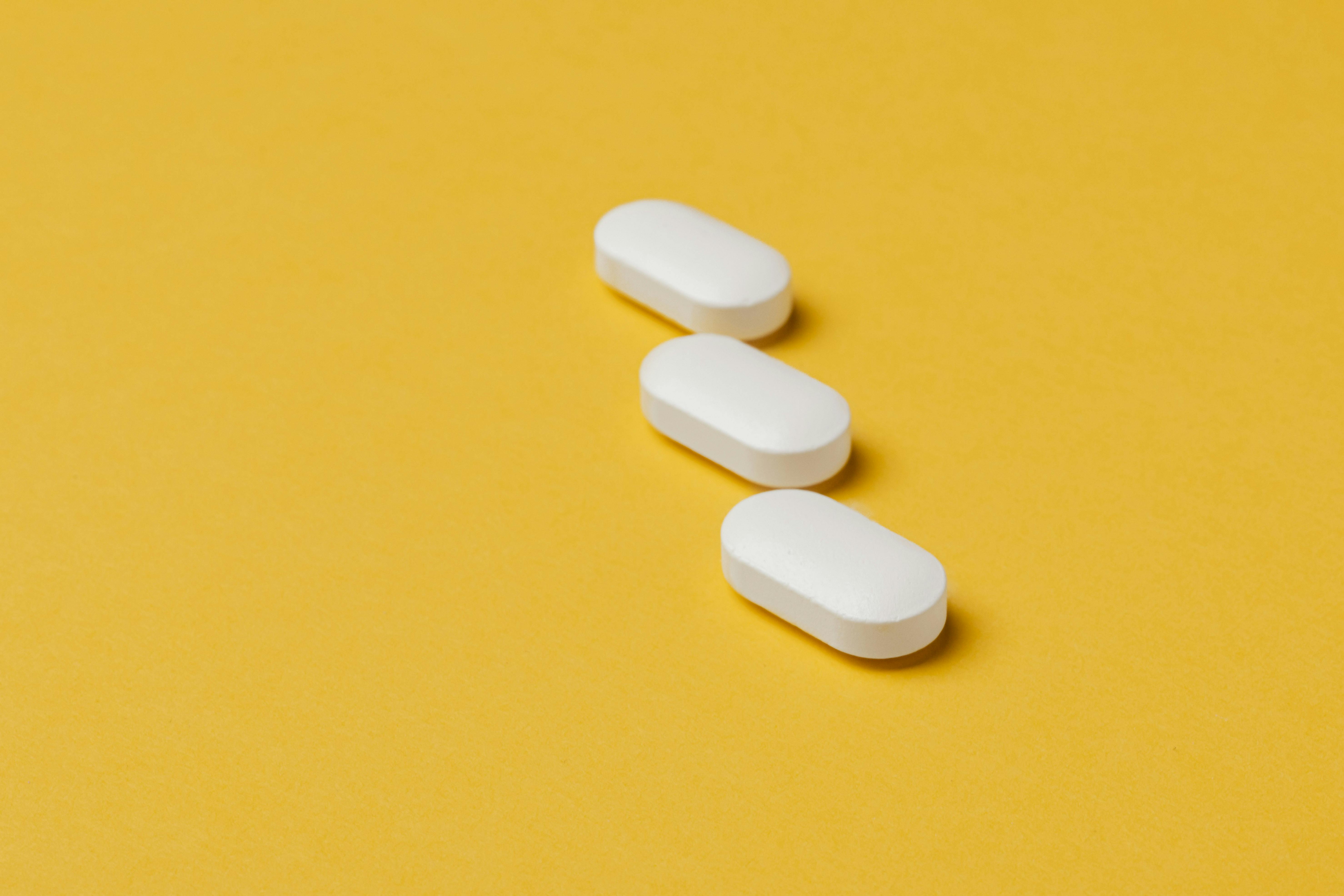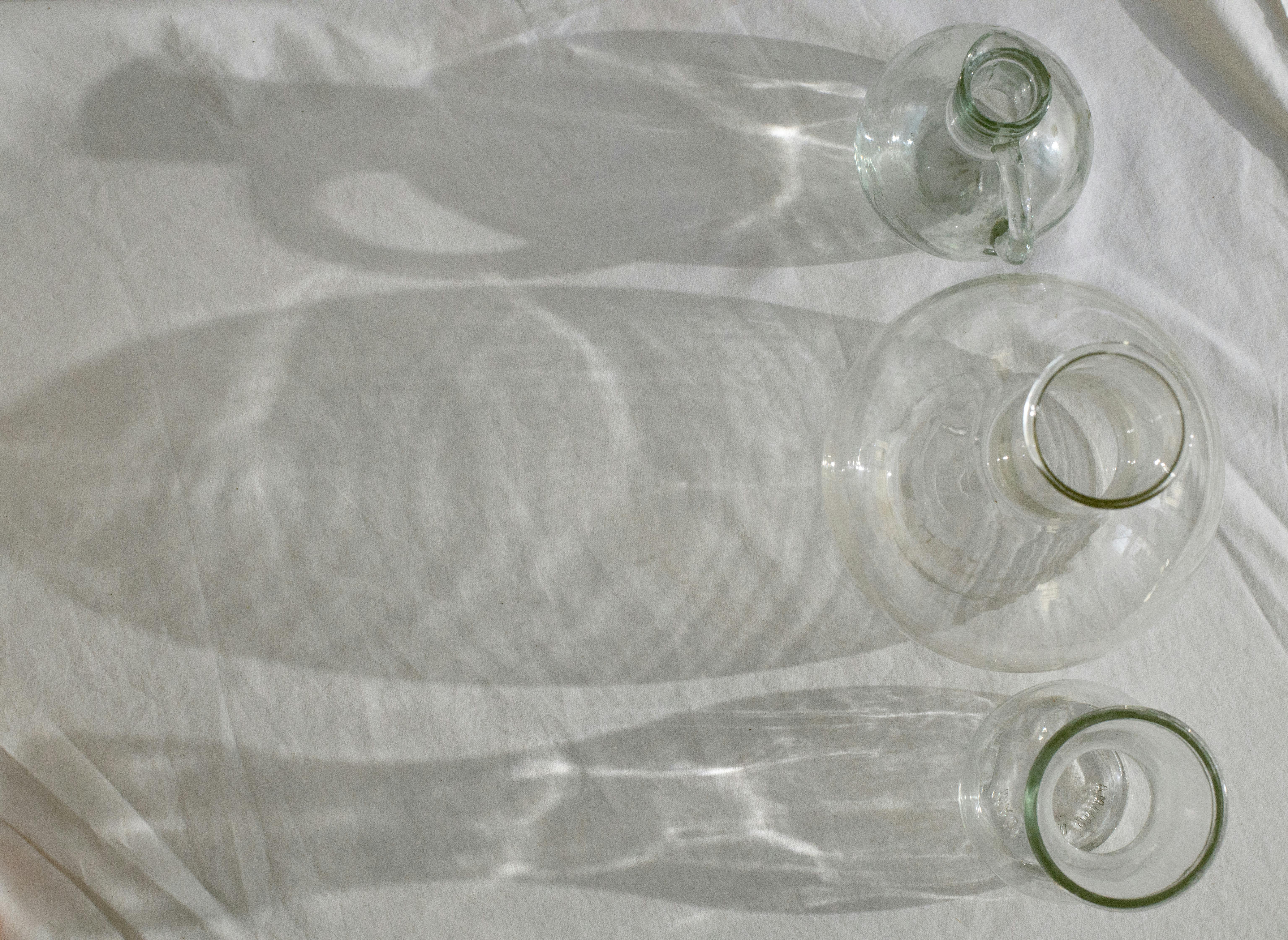Simple and fractional distillation are two of the most important laboratory techniques used for separating and purifying liquids. By using these processes, a liquid mixture can be separated into its component parts in order to obtain a purer product. The purpose of simple and fractional distillation labs is to understand and apply the principles of distillation, as well as to gain experience with the equipment used for both processes. With this knowledge, scientists can accurately separate and purify liquids, thus creating a higher quality, more useful product.Simple distillation is a method used to separate mixtures of liquids based on their different boiling points. It involves heating the mixture until one of the liquids boils and then collecting the vapor that is produced. This vapor is then cooled and condensed back into a liquid, which can then be collected. Fractional distillation is a more complex form of simple distillation, involving multiple vaporization-condensation cycles to separate components of a mixture with close boiling points. It is commonly used in the refining of petroleum products or for purification purposes.
Preparing the Lab Environment
The first step in any laboratory experiment is to prepare the lab environment. This includes setting up the equipment, such as fume hoods, safety glasses, and protective clothing. Additionally, it is important to arrange all materials and reagents needed for the experiment in an organized manner. This will make it easier to find components quickly when they are needed during the experiment. It is also important to ensure that all safety protocols are followed throughout the process.
Performing Experiments
Once the lab environment has been prepared, experiments can be performed. Depending on the type of experiment being done, this may involve performing various tests or collecting data from samples. It is essential to follow all instructions carefully and document all results accurately. Additionally, any unexpected results should be noted and investigated further if necessary.
Analyzing Results
After experiments have been completed, it is important to analyze the results. This involves looking for patterns or trends in the data and determining whether or not any hypotheses were supported by the results. If necessary, additional experiments may need to
Laboratory Equipment
When setting up a laboratory, it is important to have the right equipment to ensure accurate results and safety for everyone in the lab. For example, if you are setting up a chemistry lab, you will need beakers, flasks, and other glassware; an analytical balance; safety goggles; a fume hood; and Bunsen burners. In addition to these basic items, you may need more specialized equipment such as a pH meter, centrifuge, or spectrophotometer. It is also important to have proper storage for chemicals and materials that may be used in the lab. This could include storage cabinets or shelves as well as refrigeration units for perishable materials. Finally, it is essential to have the proper safety equipment on hand including fire extinguishers, first aid kits, and spill kits.
Having the right laboratory equipment is essential for conducting accurate experiments and maintaining a safe work environment. It is important to make sure that all of the necessary pieces of equipment are available and properly maintained in order to ensure successful experiments and a safe working environment.
Preparing the Apparatus for the Lab
Before any lab can be conducted, it is important to prepare the apparatus that will be used. This includes making sure all of the equipment is working and ready to use. It also includes familiarizing yourself with the equipment and its functions so that you know how to use it properly during the lab. This can include setting up any necessary software or programs, as well as testing out any of the hardware being used in the lab. Once everything is set up and tested, it is important to make sure all of the materials are in place and ready for use. This includes making sure there are enough materials for everyone in attendance, that they are working properly, and that they are arranged in a way that will make conducting the lab easier. Finally, once everything has been prepared and tested, it is important to make sure all safety protocols are in place before beginning the lab. This includes making sure everyone is wearing proper safety gear, such as goggles or gloves, as well as ensuring that any hazardous materials are stored safely away from any potential contact with people or objects during the lab.
Once all of these steps have been taken care of,
Obtaining a Pure Substance from a Mixture
A mixture is composed of two or more substances that are physically combined. In order to obtain a pure substance from this mixture, you must separate the components. This can be accomplished through several methods, depending on the types of substances present in the mixture. For example, if the mixture consists of a solid and liquid, it can be separated through filtration. The solid particles are trapped in a filter paper while the liquid passes through, leaving behind a pure liquid. If the mixture contains two liquids with different densities, it can be separated using chromatography or distillation. Chromatography involves passing the mixture through an absorbent material that binds to certain molecules while leaving others untouched. Distillation involves heating and cooling the mixture so that components evaporate at different temperatures, allowing them to be separated by condensation and collection.
No matter which method is used to separate a pure substance from its components in a mixture, there are certain factors that must be taken into consideration before beginning. It is important to understand how each component behaves in order to accurately predict which method will yield the best results. Additionally, safety

Collecting and Measuring Distillate
Distillation is a process used to separate or purify liquid mixtures. It involves boiling the mixture and then condensing the vaporized liquid in a separate container, allowing for effective separation of components. When it comes to distilling alcohol, the collected distillate must be carefully measured and monitored to ensure compliance with regulations. This article will discuss how to collect and measure distillate when distilling alcohol.
When collecting the distillate, it must be done in a way that prevents contamination of any kind. Typically, this means using a clean container that has been washed with an appropriate solution before use. It is also important to make sure that any measuring instruments used are sterile, as any contamination could affect the results of the measurements taken.
The most common way of measuring distillate is by weight or volume. Weight measurements are usually done using scales, while volume measurements can be done using either graduated cylinders or volumetric flasks. Both methods should be accurate enough for most purposes, but it is important to double-check all measurements before making any calculations or estimations based on them.
Another important
Calculating Boiling Point and Composition of Distillate
Distillation is a process used to separate components of a liquid mixture based on their boiling points. In order to determine the composition of a distillate, it is necessary to calculate the boiling point of each component. This can be done by measuring the temperature at which each component begins to vaporize (boil) and comparing it with the boiling point of the mixture.
Once the boiling points have been calculated, they can be used to determine the composition of the distillate. This is done by measuring the amount of each component that vaporizes at its respective boiling point. The relative amounts of each component will then indicate its concentration in the distillate.
Another important factor that must be taken into account when calculating boiling point and composition is atmospheric pressure. Different pressures will affect how quickly or slowly different components vaporize, which in turn affects their concentration in the distillate. Therefore, it is important to measure atmospheric pressure before measuring boiling points and composition.
In summary, calculating boiling point and composition of a distillate involves measuring temperatures at which each component begins to vaporize,
Identifying Components of a Mixture by Distillation
Distillation is an effective method for identifying the components of a mixture. It is a process in which components of a mixture are separated based on their boiling point. This process involves heating the mixture to its boiling point, collecting the vapors produced, and then cooling them back into liquid form. The different components of the mixture will have different boiling points, allowing them to be collected separately.
The first step in distillation is to determine the boiling point of each component in the mixture. This is done by adding a sample of each component to a test tube and heating it until it boils. Once this has been done, the boiling points of each component can be determined by measuring the temperature at which they boil.
Once the boiling points have been determined, the next step is to set up a distillation apparatus. This apparatus consists of a heat source such as a Bunsen burner, a condenser, and a receiver flask. The heat source is used to heat up the mixture until it reaches its boiling point. The condenser is used to cool down any vapors

Conclusion
The simple and fractional distillation lab has proven to be an invaluable tool in helping to understand the physical and chemical properties of liquids. By allowing us to observe the different boiling points of various substances, it is possible to separate them into their respective components and study them further. This process can be used for a wide range of applications, from isolating organic compounds from a mixture to creating alcohols and other products for industrial purposes. Through this lab, we have gained a deeper understanding of the principles behind the distillation process, as well as a better appreciation of the importance of pure substances in chemistry.
In conclusion, simple and fractional distillation offer us an important means of separating mixtures into their individual components. By using these methods, we can gain valuable insight into the molecular composition of our samples, allowing us to make better decisions when dealing with complex mixtures in our everyday lives.

